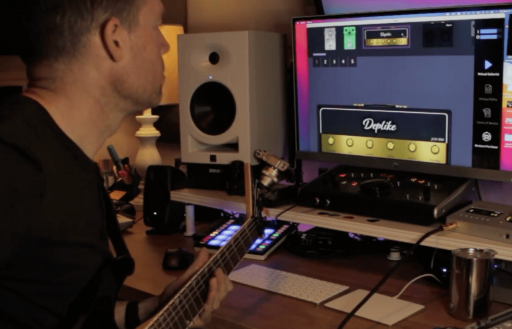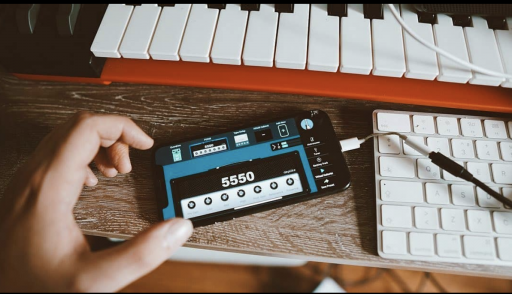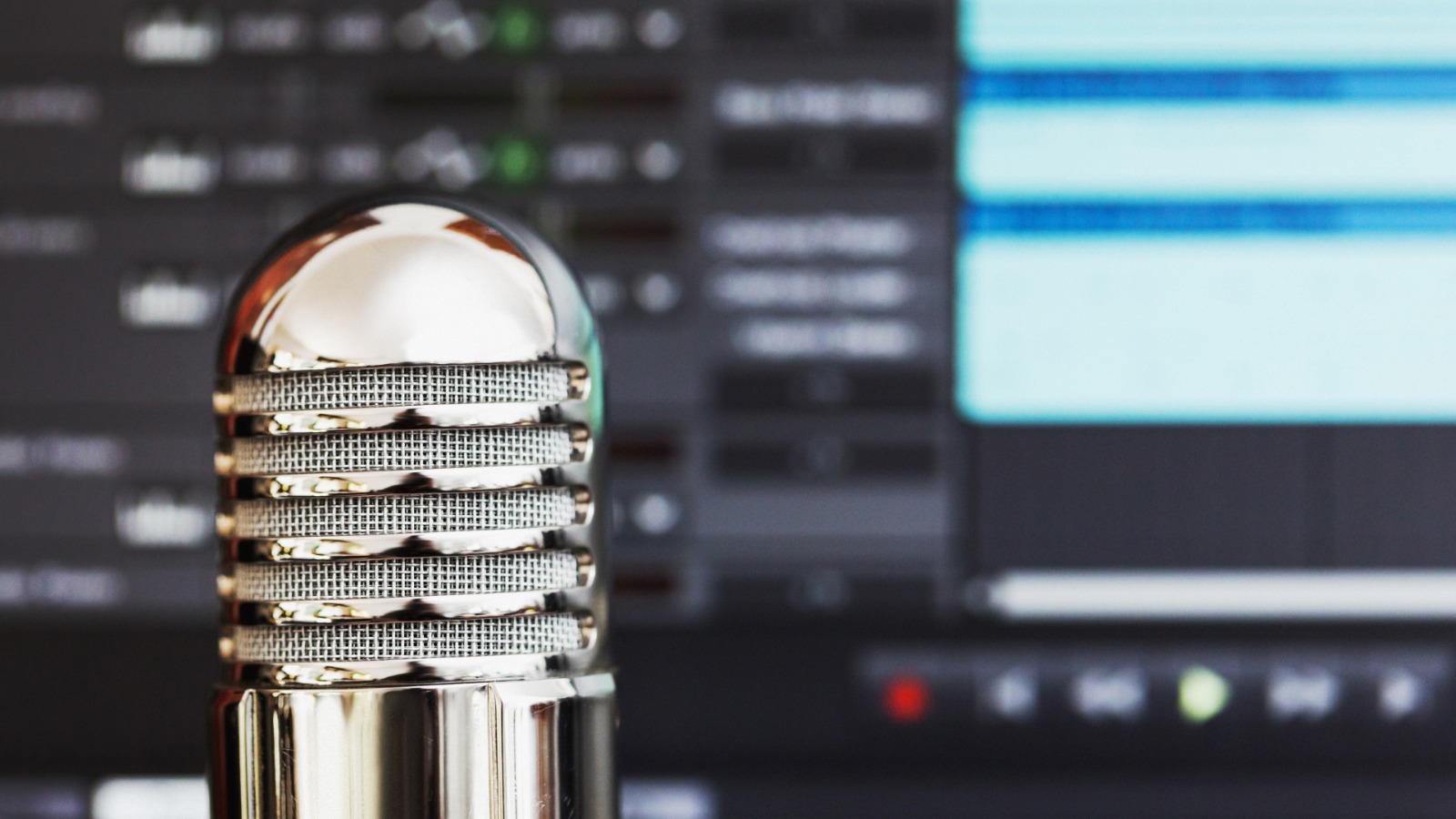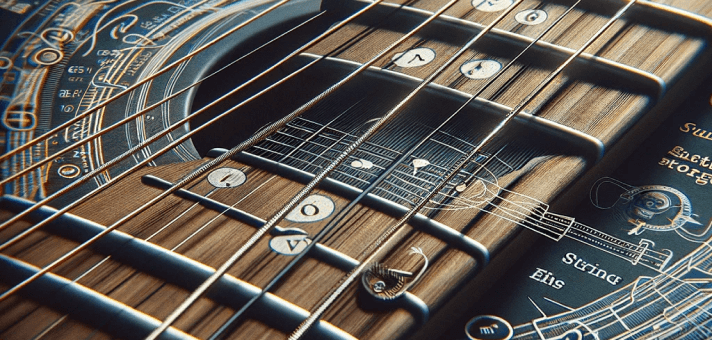Which DAW Should I Use
The origins of home recording can be traced back to the 1990s. During this time, the debate about which software is best has been around. As the options continue to improve, the argument about which one is best has become more common. This article is about some of the key factors that you should consider when choosing a Digital Audio Workstation (DAW).
If you’re looking to start creating your music production studio, then a DAW is necessary. This type of software allows you to record, mix, and master audio. The ultimate tool for any electronic music producer is the DAW. It allows you to create and record music using various tools and techniques. Choosing the right one can be a massive step for any producer.
If you’ve researched the various options available for audio software, you probably have a hard time deciding which one to choose. One of the most challenging factors is how persuasive and passionate people are about their chosen platform.
There are so many options that it can be hard to choose which one to use. From GarageBand to Ableton Live, many people have different ideas about what makes the best software. In this article, we will walk you through the various features available in the most popular Digital Audio Workstation.
What is a DAW?
“DAW” or Digital Audio Workstation is a type of software that enables users to record, edit, and create audio tracks. Most of the time, it comes with various tools that can be used to create and perform live performances. Choosing a Digital Audio Workstation is often one of the most complex decisions a new music producer should make. However, beginner producers need to select the right software for their needs.
Since the inception of DAWs, they’ve come a long way. Today, most of them can do previously unimaginable things. They allow users to create, edit, and layer sounds in any way that they can imagine. This is why many people use these tools as their primary tools for making music.
Before computers became prevalent, most of the tasks performed while creating music were done manually by various hardware such as tape recorders, drum machines, and MIDI sequencers. With the use of a DAW, these tasks can now be performed in one package.
Most of the time, a DAW is only available on modern computers such as Apple’s Mac or Windows. Some of these can also be run on smartphones and tablets. Thanks to the advancements in technology, musicians and producers can now create and mix full songs using just a pair of headphones and a computer.
What DAW Should I Choose?
Before you start working with a DAW, it’s essential that you have a good understanding of its interface and layout. Doing so will allow you to switch to another program without re-learning everything easily. On the other hand, if you’re not sure what you want to produce, it’s best to choose based on how you want to work.
There are many factors that go into choosing a DAW for music production, such as its interface and layout. It’s also important to consider what you want from the program.
Before you commit to a DAW, you must have a good understanding of its various features and capabilities. Aside from its interface and layout, it’s also important to consider other factors such as your budget and skill level.
Do you spend more time writing music? If so, then a good DAW should be able to handle one task well or an all-around package.
It’s crucial that you have a good understanding of its various features and capabilities. This list will help you find the best software for music production.
After you have picked a DAW, stick with it. Follow the program’s instructions and use its stock plugins. Having a good knowledge of it will allow you to create better music.
Questions Should be Asked Before You Choose a DAW
1. What are you using your DAW for?
The first thing you should consider when choosing a DAW is what you want to do with it. You might want to be an electronic music producer or a songwriter who would like to create demos of their work. A mixing engineer or an artist would also like to work with a digital audio workstation. Before you start looking for the right software, think about what job it will allow you to do.
It’s vital that you consider the various features and specifications that will allow you to perform the job efficiently before you start to work in a DAW.
Pro Tools and Logic Pro X are great DAWs for creating music. If you’re planning on using recording software, then these might be good choices.
One of the most popular programs for audio production is Pro Tools. It is very useful for getting more technical in the mixing and editing phases of a song. If you’re planning on working in the industry, this might be the best choice.
Regardless of which software you choose, having a clear understanding of what you want to accomplish with it can help you make a more informed purchase.
2. What genre will you be working on?
Once you start to figure out what you want to use a DAW for, it’s important that you first ask yourself what type of music you want to work with it. Knowing this will help you choose the best one for you.
While programs like Avid’s Pro Tools are commonly used by professional audio producers, they are not ideal for people who want to record live audio. With Pro Tools, you can record several audio tracks at the same time. Its audio editing capabilities are also very robust.
If you’re a musician who enjoys creating electronic music, then a program like FL Studio is probably the best choice. This is the kind of program that can handle the various tasks involved in creating and recording electronic music. Both Pro Tools and FL Studio have audio recording capabilities, whereas Pro Tools does not have the same capabilities for MIDI.
Although Pro Tools doesn’t have a lot of virtual stock instruments, you can use them to make electronic music by acquiring good third-party software. You can also use programs like Ableton or FL Studio to record live audio. One thing that Pro Tools does not support is the use of virtual instruments. This means that you can’t use plugins commonly used in the virtual instrument world.
The Changes of Formats
If you’re looking to buy a virtual instrument that supports the AAX format, then you might need to buy a plugin that’s compatible with Pro Tools. This could limit your options if you don’t have an AAX-compatible virtual instrument in your collection. Although the audio editing capabilities in Pro Tools are very robust, the capabilities in Logic are not as strong. This is because they don’t have the same stuff when it comes to intense editing of live instruments.
Knowing the type of music, you’re going to be making will also influence your choice of a digital audio workstation. For instance, if you’re planning on creating electronic music, then you might want to use FL Studio or Ableton Live.
3. How Experienced Are You?
Your next question might make it more complicated than the first one. Knowing what you want to accomplish in your DAW and the type of music you’ll be working on can help narrow down your options. Although there are many different kinds of software that can be used to record music, the learning curve for each type of software can vary depending on the user’s experience level. For instance, if you’re a serious musician looking for a more versatile and powerful tool, Pro Tools is a great choice. This is because it has a learning curve that can be challenging to follow. It’s also more advanced software that allows users to create a customized workflow.
Although it’s always good to try and learn software, it’s also important to note that aside from its technical capabilities, Pro Tools is also the industry standard. This is because it’s still recognized as one of the most versatile and powerful tools that can be used to record music.
“The only source of knowledge is experience.”
Another factor that’s important to consider when choosing a digital audio workstation is the amount of experience you already have in the field. If you’re an experienced audio engineer planning on working in the industry, then Pro Tools is a great choice. However, if you’re also a fan of the software and want to create a more creative workflow, you might consider using a more versatile tool like Logic Pro. If you’re new to FL Studio and are looking for more user-friendly software, then you might want to consider using Pro Tools. In contrast, if you’re a music producer who’s looking for a more streamlined workflow, then you might want to use a program like Logic Pro X.
Although it’s a great choice for those who are mainly interested in working with virtual instruments, I would still recommend using a program like Logic Pro X for those who are just starting in the audio production industry. Its audio recording capabilities are still outstanding, and it’s also easier to use than Pro Tools. Another excellent choice for those who are new to the industry is PreSonus Studio One, a program that’s commonly used by musicians and audio producers. It has a straightforward interface that makes it easy to create and manage various instruments and effects.
4. What is your price range?
It is important that you first determine what budget you have available. Once you have decided which program will work best for you, it is time to search for the best one for your budget.
Although I have always been a huge fan of Pro Tools, it is still one of the most expensive programs. A perpetual license for the program costs $600, while a subscription-based version costs $29 to 34 monthly.
If you are a fan of electronic music, you might want to consider using one of the popular DAWs, such as FL Studio or Ableton Live. Both of these programs offer various versions of their software. For instance, Ableton Live’s Introversion costs 99 cents, while its Standard and Suites versions are between $449 and $799.
FL Studio also comes with various bundles. These include the Fruity Edition, the Premium Edition, the Creator Edition, and the All Plugins Edition. These are great if you are not able to afford the full version.
On the other hand, if you are a fan of PreSonus’ products, you might want to consider purchasing the company’s Studio One software, which costs just $399. The company also offers a monthly subscription that gives you access to its other products.
One of the most popular programs is Apple’s Logic Pro X, which costs $200 for a perpetual license. This is great if you are a Mac user.
Although you may not be aware of it, Cockos’ Reaper is a lesser-known program that can give you the same functionality as Pro Tools. For just $259, you can get a huge bang for your buck.
Many factors affect the price of a DAW, such as the type of features that it offers and the platform it is built on. Developers will also make their programs more accessible to a wider audience by offering various tiers.
Final Thoughts
One of the most critical tools for modern producers is a DAW. You can use this tool to record, mix, and master audio. Before you buy, it’s important to research the features and options of the device thoroughly.
Before you buy a new audio recording software, you must consider the various factors that will affect how you use it. These include your budget, the type of recording software you need, and the level of expertise you have in handling live audio.
One of the most critical factors that you should consider when choosing a new audio recording software is the tool that will work best for you. If you find a DAW that works well for you, then it’s the right choice for you.

Now, how to create and record the guitar tone you want?
Deplike Guitar FX app is a fully-equipped workspace for guitar recording and practice. Just fire up your favorite DAW that hosts VST or AU plugins. You can record guitar using effects and amps on your computer using DAWs such as GarageBand, Logic Pro, Cubase, Ableton, FL Studio and many more.
Deplike Guitar FX has DAW plug-in support on Windows, macOS and iOS devices. You can even record your favorite guitar tones on your iPhone and iPad.





